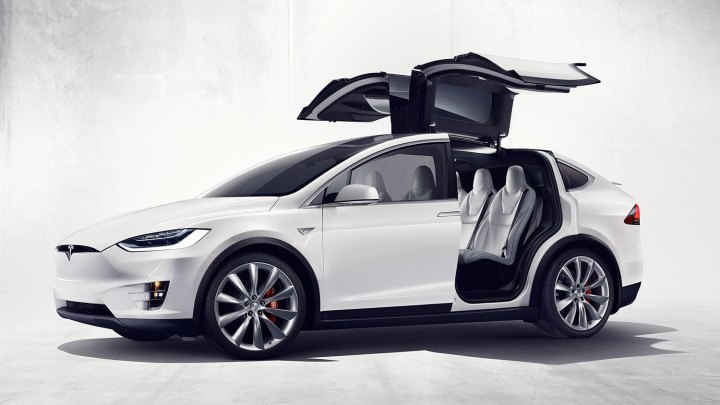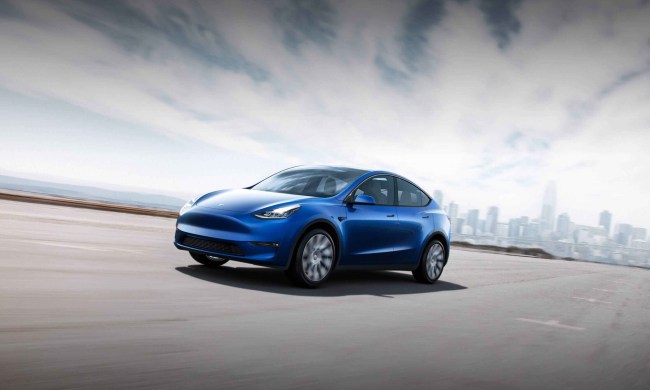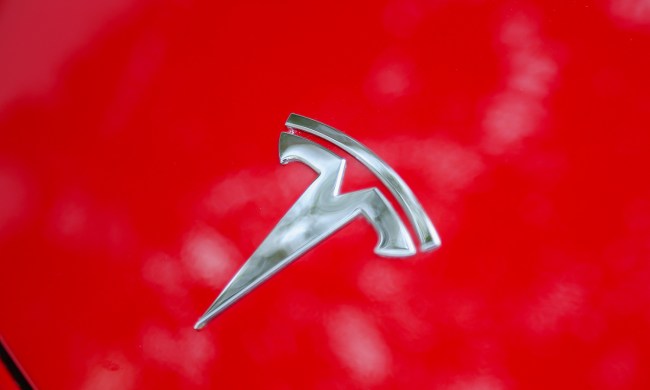
Tesla says it delivered 14,820 electric cars between the beginning of January and the end of March. That total includes 12,420 Model S sedans, and 2,400 Model X crossovers. That’s down significantly from the 17,400 deliveries of the last quarter of 2015, which Tesla blames largely on supply issues with the Model X.
Model X deliveries were up significantly from the 208 units recorded in Q4 2015, but Tesla says it could have done better. The company claims there were “severe” supply issues in January and February that have now been resolved. The production pace picked up to the rate of 750 units per week by the last full week of March, but many vehicles were completed too late to be delivered to customers before the end of the quarter, Tesla notes.
Tesla blames its own “hubris” in “adding far too much new technology to the Model X in version 1” for the delays, as well as insufficient vetting of suppliers, and its own inability to manufacture more parts in-house. The Model X is ostensibly based on the Model S, but it has many added features like roof-hinged “Falcon” doors and a beefed-up climate control system, all of which make it more complicated to build.
Tesla said the Model X supply issue only affected “half a dozen” parts, but did not specify what those parts were. Meanwhile, Model S deliveries were down 4,952 units from Q4 2015, although Tesla noted the Q1 2016 figure is still 45 percent higher than the same period last year.
The company is confident about the rest of 2016. Overall deliveries were up 50 percent from the same period in 2015, and the now-resolved supply issue has left Tesla with a backlog of orders. So the carmaker still feels it is on track to deliver 80,000 to 90,000 cars this year, as previously estimated.


